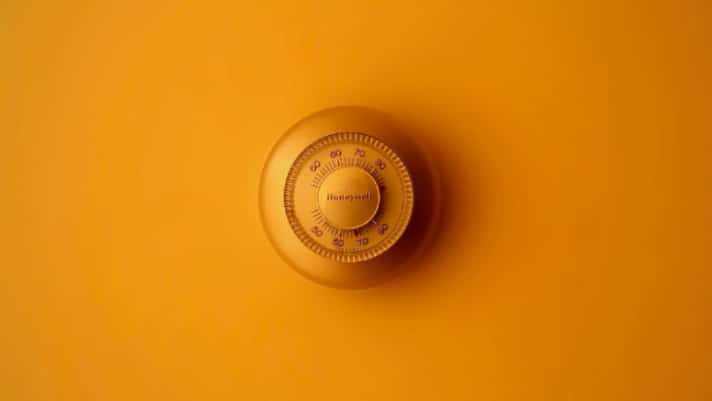 Now that there’s a chill in the air and many homeowners are starting to look ahead to the fall and winter holidays, it’s time to prepare your home for the seasonal change. But if you’ve already had to turn on your heating system, you might be worried about what the weather could cost you. Statistics show that nearly 40% of people can’t even afford the basic necessities — but even if you have more than enough financial security, you still might be looking for ways to cut costs on your monthly energy bills.
Now that there’s a chill in the air and many homeowners are starting to look ahead to the fall and winter holidays, it’s time to prepare your home for the seasonal change. But if you’ve already had to turn on your heating system, you might be worried about what the weather could cost you. Statistics show that nearly 40% of people can’t even afford the basic necessities — but even if you have more than enough financial security, you still might be looking for ways to cut costs on your monthly energy bills.
While you might think that switching over to energy efficient appliances or installing solar panels is the best way to reduce energy usage and related costs, that’s not actually the case. Just because the construction equipment industry is predicted to grow by 12% from 2016 to 2026 doesn’t mean that you need to take on an extensive renovation. In fact, you can reduce your energy waste and curb unnecessary costs simply by making some small changes around the house.
Seal and Insulate
You can save both money and energy by paying close attention to the areas where heat tends to escape. Installing a metal roof, for example, can lower your home insurance by 35% in many states while making your property significantly more energy efficient. However, you don’t necessarily have to replace your roof just to keep the warm air in and the cold air out. By conducting a simple leak test, you can locate problematic areas and take action to seal leaks or insulate walls and crawlspaces. Even adding a bit of caulk or weatherstripping can save you quite a bit of money for very little effort. And while you can save up to 40% on utility bills by tinting your windows, experts may also recommend using a window film kit to add an extra barrier to single pane windows during the winter. It’ll make the room more comfortable while minimizing energy waste. Don’t forget to use window treatments to your advantage! Keep drapes and curtains open during the day to let heat and sunlight in and close them at night to minimize drafts.
Set Your Temp
One of the most effective ways to consistently save money on your energy bills is to switch to a programmable thermostat. While it might cost a bit upfront, it’s an investment that can make it a lot easier to keep your home comfortable and cut costs. You can program your thermostat to automatically adjust when you’re away at work or when you’re asleep so that you can passively save money during the periods you aren’t at home. Whether you have a programmable thermostat or not, make sure you know the right way to adjust temperature. Be conservative when making adjustments, as your system will have to work harder if you go overboard and need to correct it. It’s better to change the temperature by just a degree or two to start, give the system enough time to adjust, and go from there. In general, keep your thermostat set to the lowest temperature possible (without making you feel uncomfortable, of course). You may also want to lower the temperature setting of your hot water heater while you’re at it, as it really doesn’t need to be set in excess of 120 degrees Fahrenheit.
Adopt New Habits
While you can purchase materials and products that will help to reduce energy use and heat loss, you can potentially save a bundle by making some changes to your routine. For example, remembering to purchase LED bulbs at the store instead of traditional incandescent bulbs can help a lot. Not only do Energy Star-certified bulbs use up to 90% less energy and 70% less heat than regular light bulbs, but they last anywhere from 10 to 25 times longer while saving consumers up to $80 per bulb. In other words, you’ll save in both the short and long term if you make this switch. Moving rugs into rooms with colder floors (like bathrooms or other spaces) can add extra insulation, while rearranging your furniture to uncover vents can allow your heating system to work more efficiently. You may also want to turn your ceiling fan on and run it in reverse to circulate warm air. If you aren’t able to get new, energy efficient appliances, make your current ones work more efficiently by running dishwashers and washing machines when you have a full load to clean. Consider unplugging electronics when not in use or investing in automatic timers to turn off certain appliances (like space heaters) after a certain period of time has passed. And if you’re really determined to keep temperatures low, you might consider adding layers (and warm foot coverings) to your wardrobe to keep the shivers away.
Cutting back on expenses isn’t always easy during the fall and winter, considering all the celebrating and home maintenance that needs to be done. But with these tips, you should be able to save money and energy, allowing greater financial freedom and comfort for your family.










